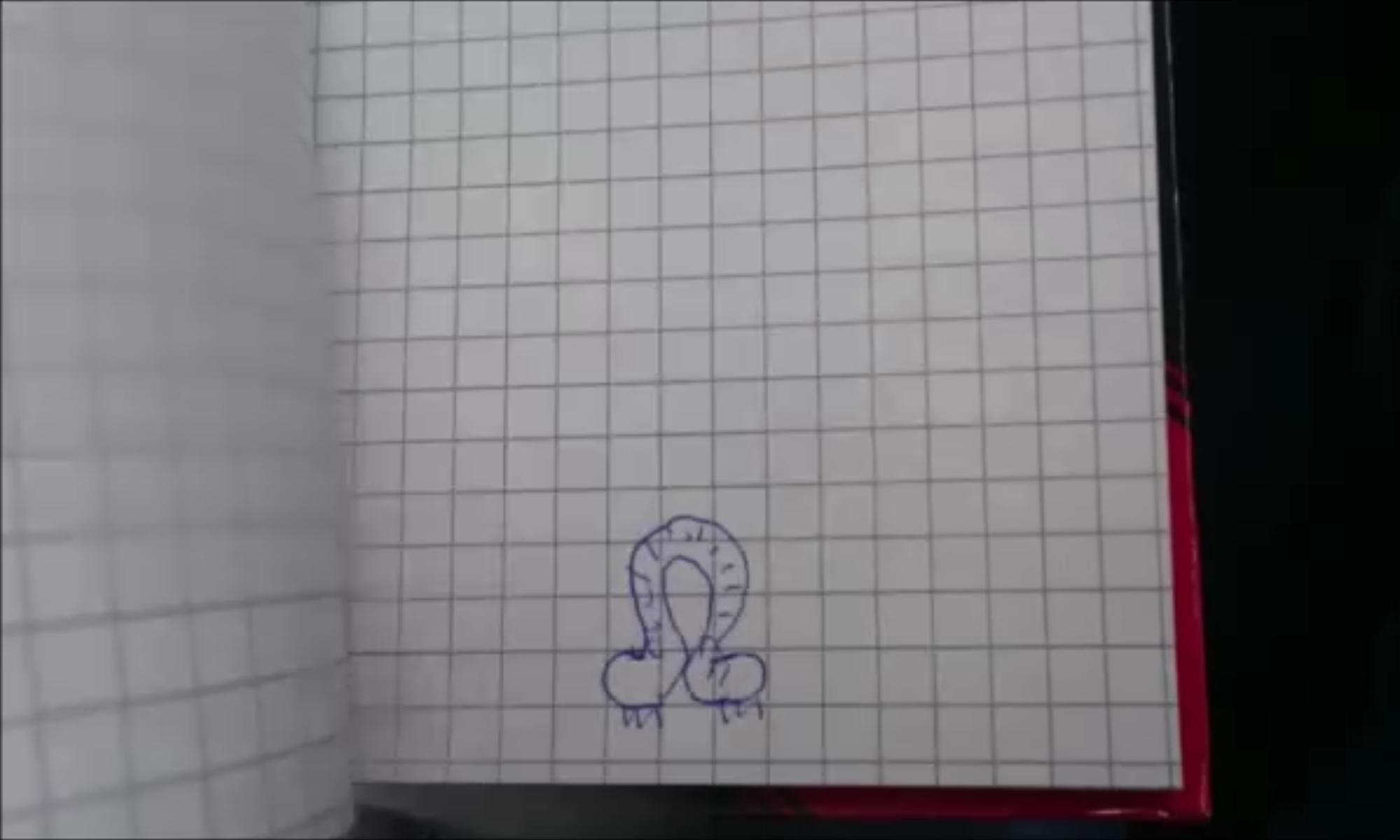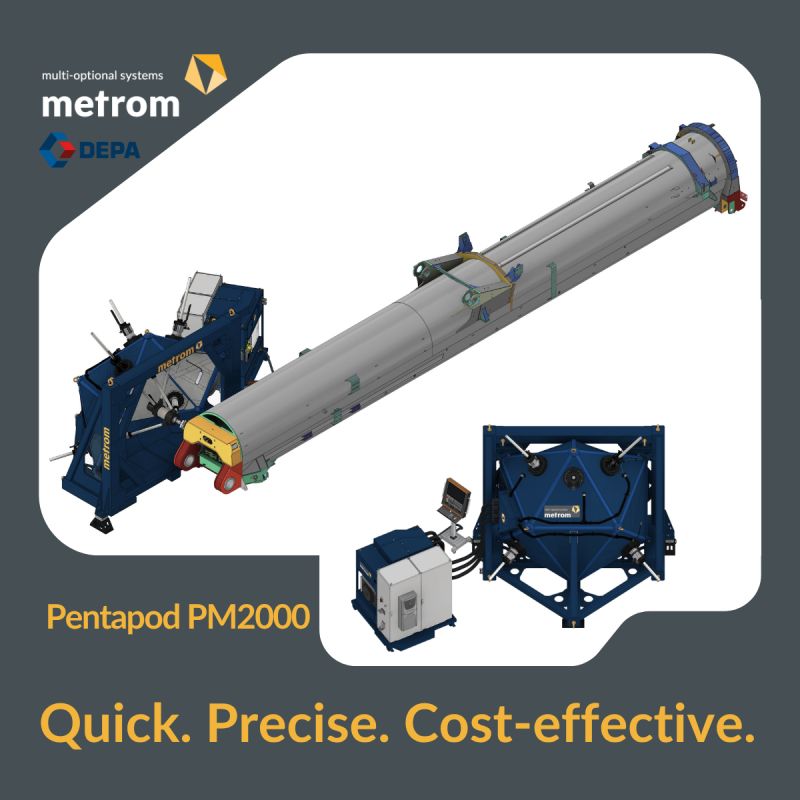We offer scalable solutions. What does it mean? When you have a small task, it takes you a little time. If you have a bigger task, it takes you more time. Often this relationship is not linear. Bigger tasks may take bigger tools and bigger machines. It will still take you more time, but this time will also cost you more, as you will be using more expensive tools for a longer time. So the bigger tasks will not simply cost more, but more*more, or the cost increase will be exponential. What we aim at, is to keep this growth linear. If you are facing a big task, then we search for a solution that is independent from the scale. Size doesn’t really matter.
How do we do it? We take the problem and break it down into individually solvable pieces. Take the complexity out to get a clear picture. Then we question everything. We try to apply the first priniciples. We check if the original assumptions still hold. Despite some other school of thought, the first prophession of the man was a toolmaker. Since then our thinking patterns are moulded by the tools we have and technologies we use. If you are a hammer everything looks a nail to you. This has always been a good way to look at things. We are now living in a time when the technology develops more quickly than we can track the changes. Being a hammer may not be the best thing anymore, there is almost always a better way. This is sometimes called thinking outside of box. We strongly disagree. If you design an airplane while thinking outside the box it will fall. It is paramount to stay inside the box. True, you need to know exactly where the box is, so you have to touch the walls, but stay inside for all cost.



